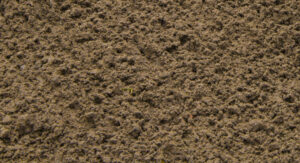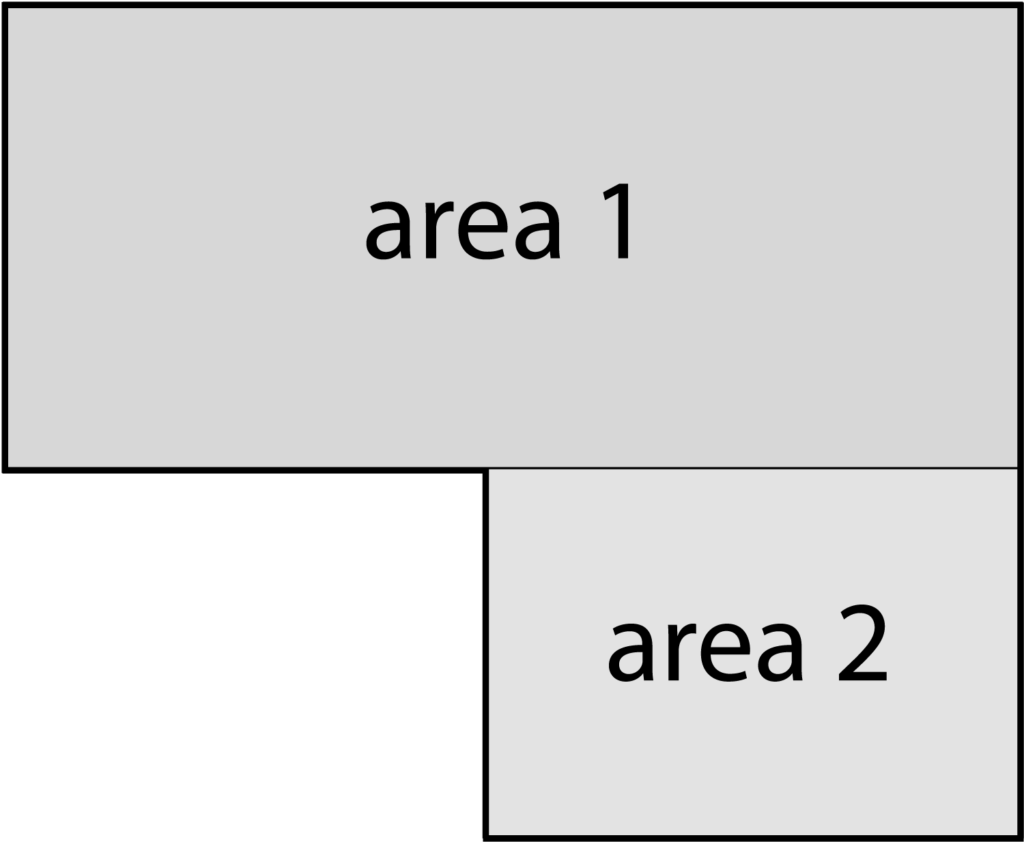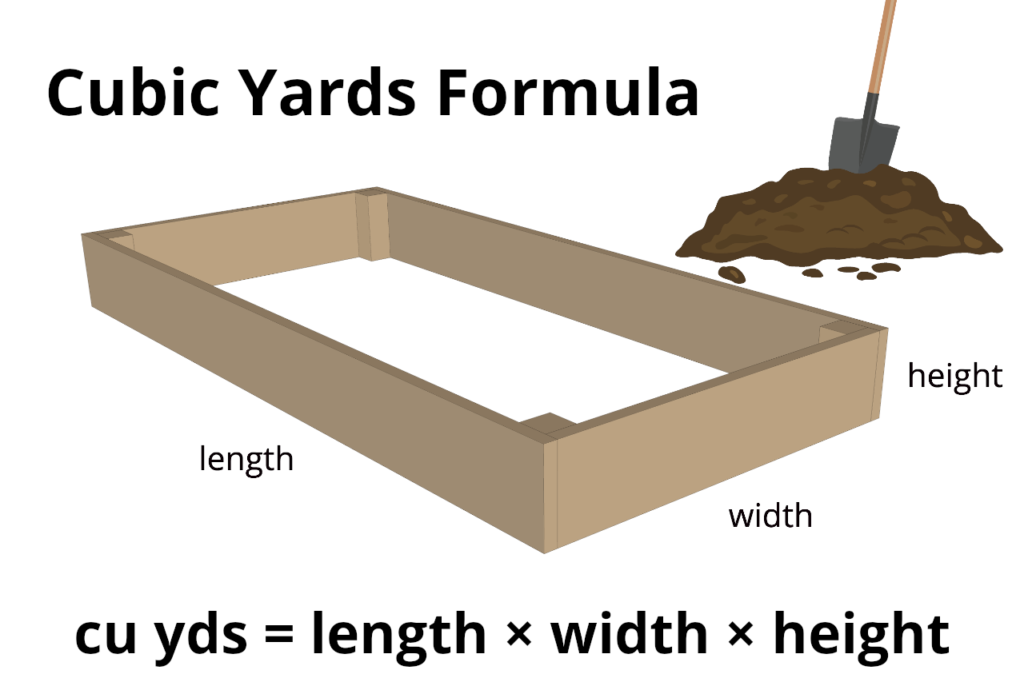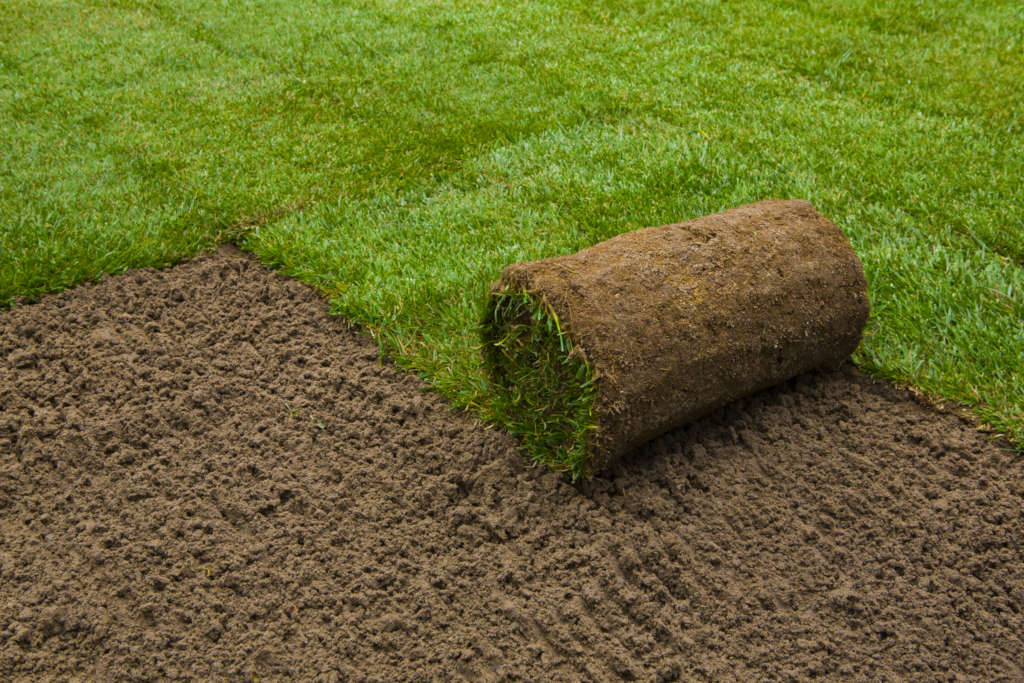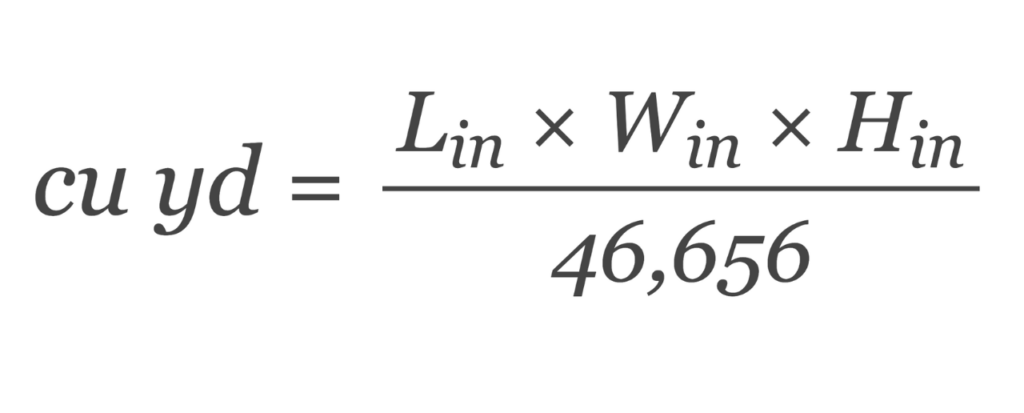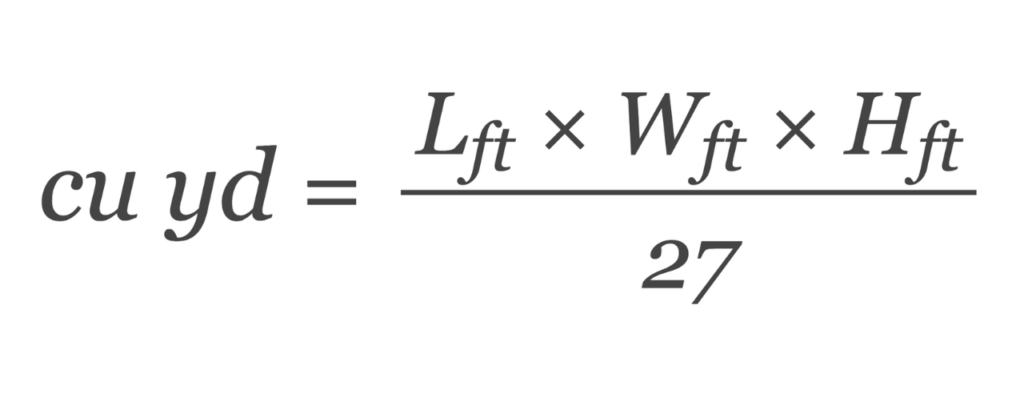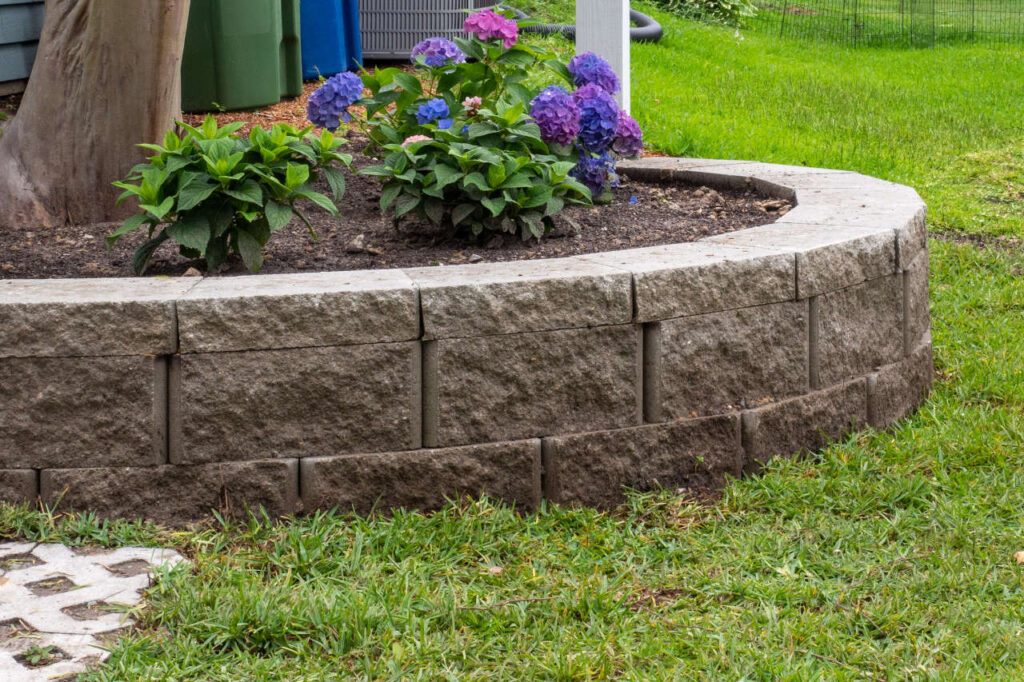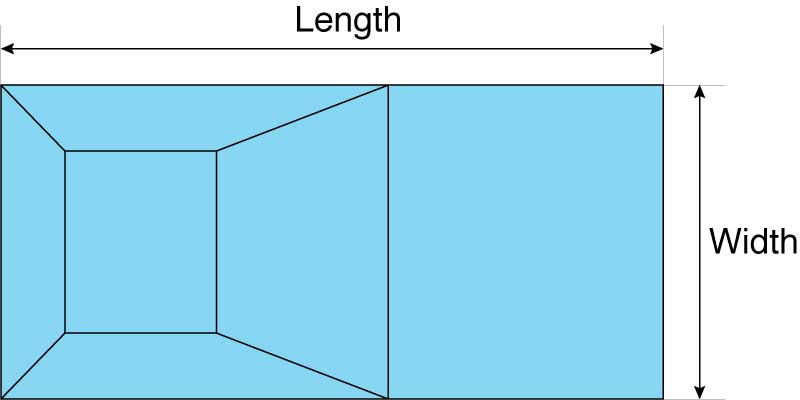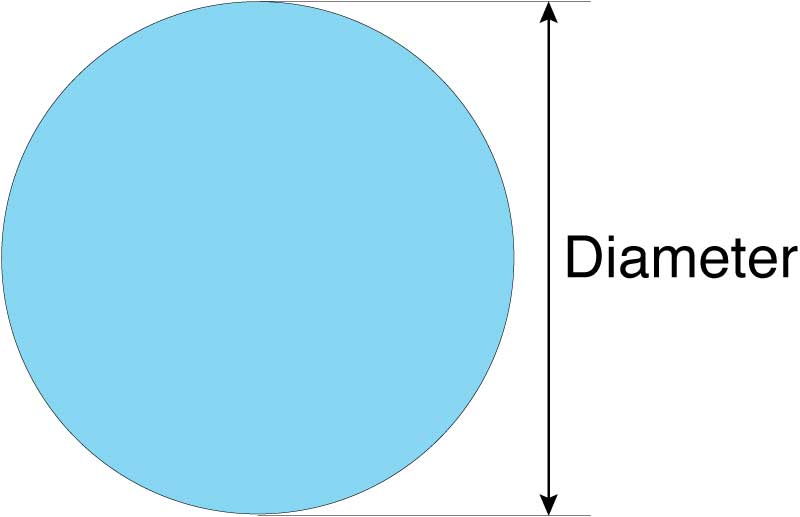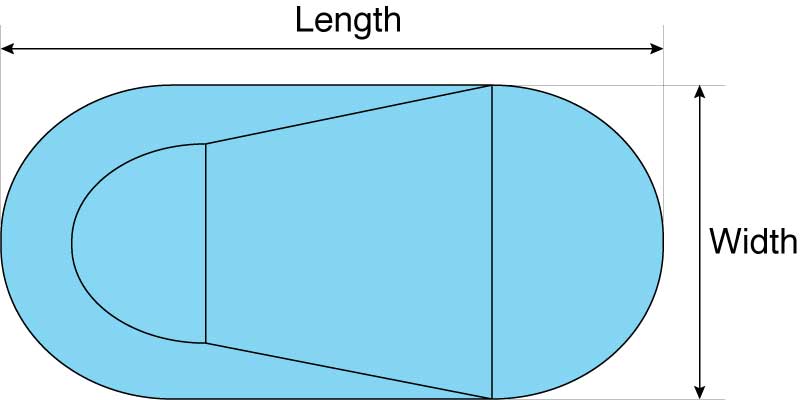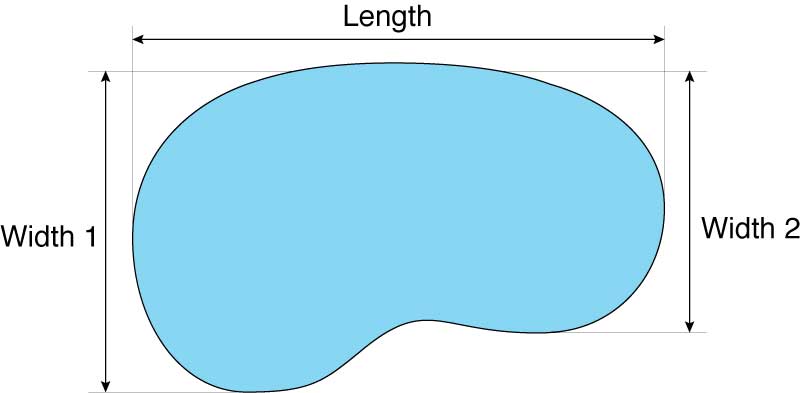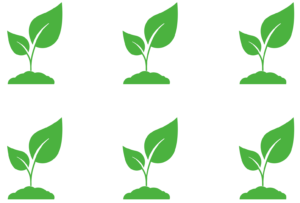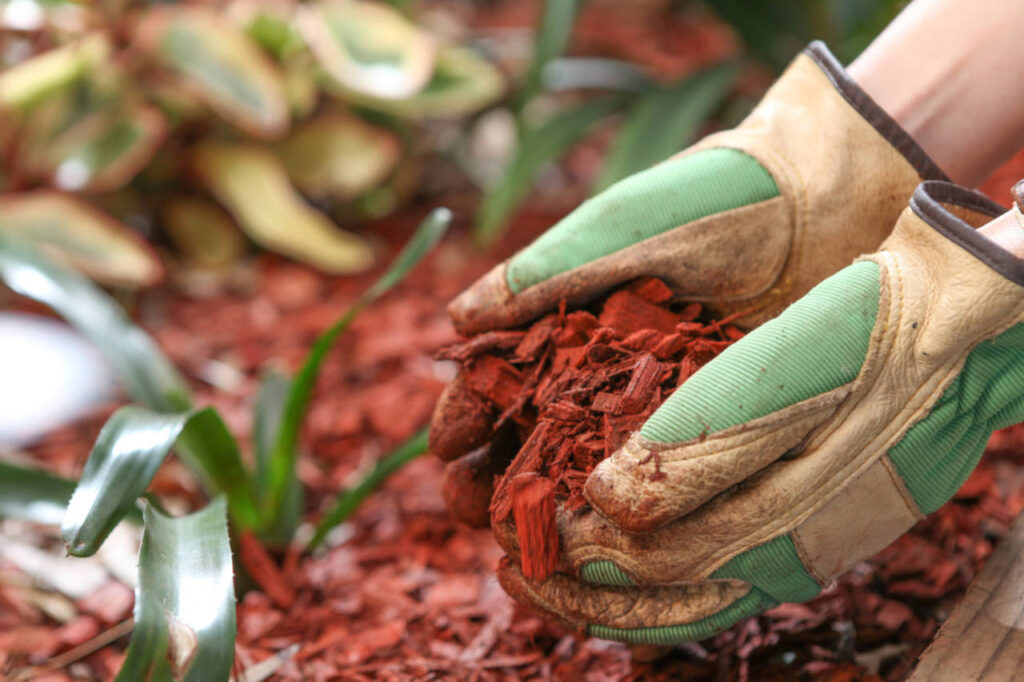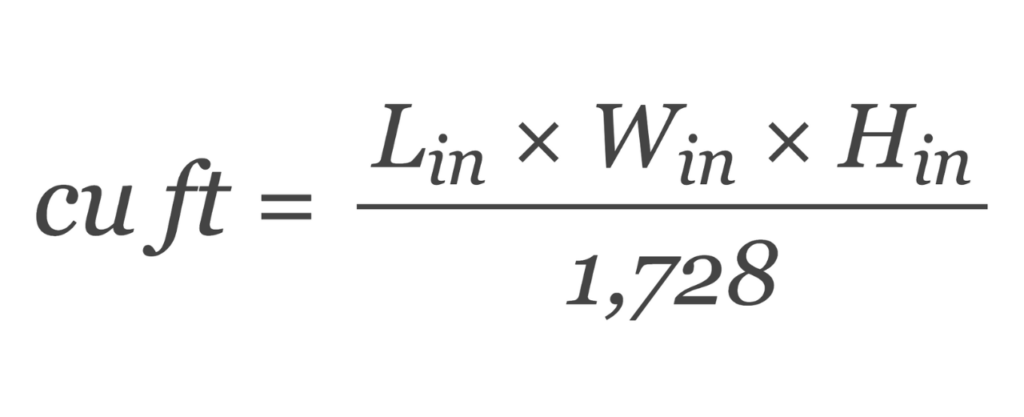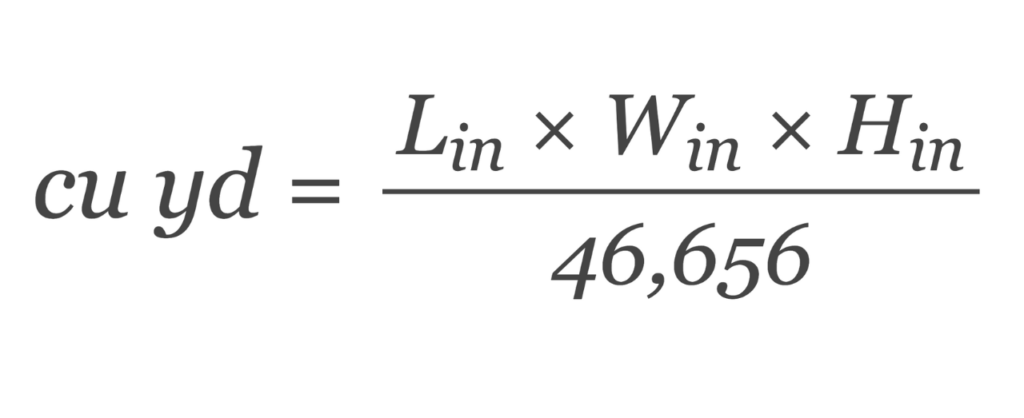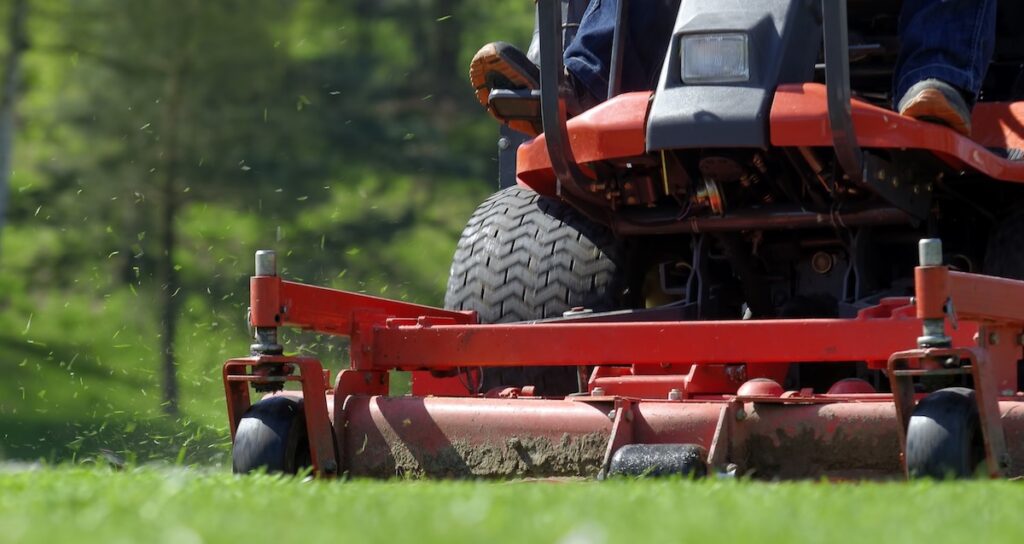Stone Calculator
Calculate the amount of stone or crushed stone you need in tons and cubic yards by entering the dimensions below. Estimate material using length/width/depth, area, or volume.
-
By
FindPros

FindPros connects consumers with professionals in over 600 different categories.
-
Reviewed by
Jacky L.

FindPros connects consumers with professionals in over 600 different categories.
Result:
Cost
How Much Stone Do You Need?
To find out how much stone you need, you’ll first need to calculate the volume needed in cubic yards. You can do this using the classic volume formula and a few simple steps.
First, measure the length, width, and depth of the space in feet, then multiply them together to calculate the volume in cubic feet. Then, divide by 27 to get cubic yards. You can use a length converter to convert to feed if needed.
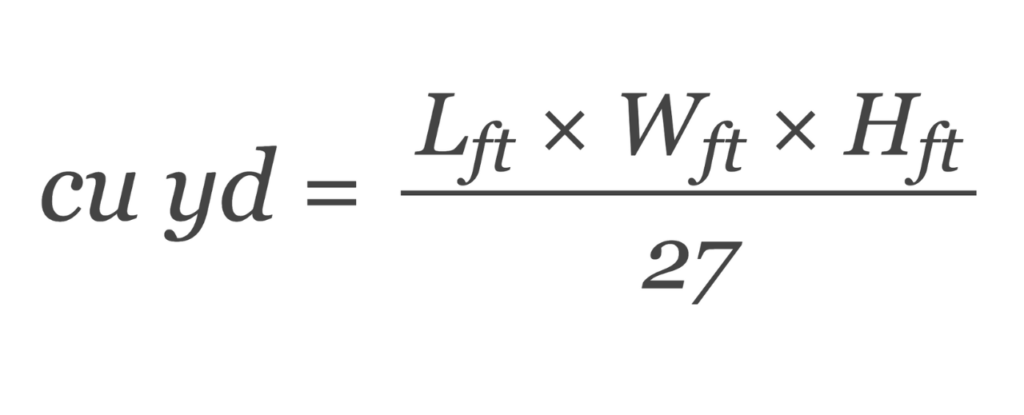
If you are measuring the depth in inches, you can also measure the length and width in inches as well. Multiply the length, width, and depth together to calculate cubic inches, and divide by 46,660 to get the cubic yards.
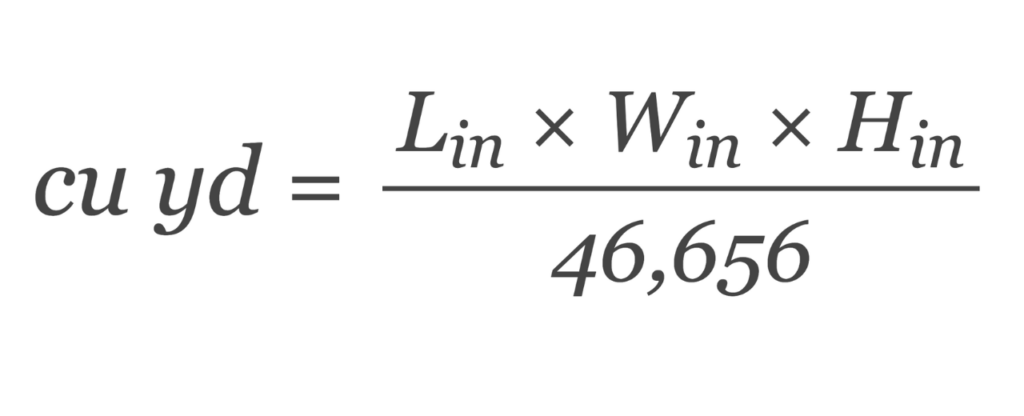
Next, calculate the amount of stone you need in tons by multiplying the volume by the density of the stone material. Crushed stone or gravel smaller than 2″ weighs 1.4 to 1.7 tons per cubic yard, while larger stone usually weighs 1.5 to 1.7 tons per cubic yard.
Below are the most common weights in tons per cubic yard for varying sizes and types of popular stones. Smaller rocks and rounded, smooth rocks may settle and give you more per cubic yard, while rough rocks and larger stones may give you less per cubic yard.
| Stone Material | Tons per Cubic Yard |
|---|---|
| Crushed Stone 1/4″ – 2″ | 1.4 – 1.7 |
| Crushed Stone 2″ – 6″ | 1.5 – 1.7 |
| Cobblestones 4″ – 8″ | 1.3 – 1.6 |
| Rip Rap 6″ – 9″ | 1.7 – 2 |
| Lava Rock 3/8″ – 2″ | 0.65 – 0.9 |
| Boulders | 1 – 1.5 |
Tons per cubic yard for various types of stones
If you are calculating crushed stone for example, you would use the following formula:
Thus, the amount of stone needed is equal to the volume in cubic yards times 1.7. You can also use our gravel calculator to find out how much gravel you need.
For other materials, check out our sand, soil, and mulch calculators.
Frequently Asked Questions
Gravel is one type of crushed stone used in landscaping. However, there are many other types of stone as well, measuring both smaller and larger than gravel, that may have different looks and uses.
This depends largely on the stone, the supplier, and how much you are purchasing. Some types of stone, like lava rock, may be sold by the yard, while boulders may be sold individually; most suppliers will sell large amounts of material by the ton, however.
This depends on the look you want to achieve. Boulders can be used for definition, while lava rock can be used as mulch, and cobblestones can make smooth walkways; all work well in landscaping.
Mulch is better at holding moisture in the ground, while some types of stone may be better for drainage and stopping erosion. Both can be useful in many landscaping practices.
